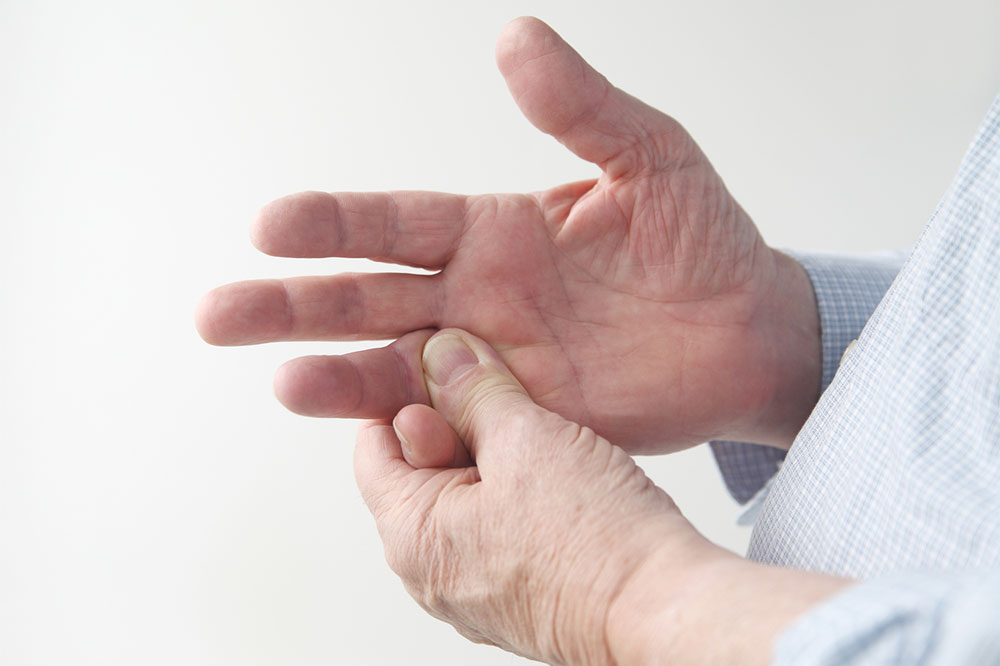Top 5 tax-deductible charity contributions

Donating to charities is a meaningful way for individuals to contribute to society and gain personal benefits. Unbeknownst to many, charitable contributions made in the country make an individual eligible for tax advantages, creating a win-win scenario. Contributions like cash donations, non-cash donations like clothing or household items, stocks, etc., can lead to tax benefits. Explore some tax-deductible charitable gifts and donations below to understand how to make a positive impact while enjoying financial advantages.
Cash donations
Cash donations are one of the simplest ways to contribute to charitable causes and get tax benefits. Cash donations can be made in various ways, including checks, credit cards, or through payroll deductions made by one’s employer. If one is donating cash to qualified public charities, it allows them a tax deduction of up to 60% of their adjusted gross income (AGI) in a year. Furthermore, making cash donations to private foundations allows individuals a tax deduction of up to 30% of their AGI. To claim tax deductions, one must keep records of their donations, such as bank statements, canceled checks, or receipts and acknowledgment letters from the charity.
Non-cash donations
Besides cash, donating goods such as clothing, furniture, or household items can also yield tax benefits. When donating these, one must ensure the items are in good condition. It is also necessary to obtain a receipt from the charity specifying the donated items. One can also find estimated donation values for such in-kind donations on various websites to get an idea about the tax-deductible amounts for each.
Stocks or other appreciated assets
One can also donate stocks or other appreciated assets to charities and get tax deductions. If one has stocks that have grown in value, donating them directly to a qualified charity allows them to avoid capital gains tax. The IRS allows them to deduct the fair market value of the donated stocks. However, the deductible amount differs for public charities and private foundations. For donating to public charities, one can get a tax deduction of up to 30% of their AGI, and for donating to private foundations, one can get a tax deduction of up to 20% of their AGI.
Real estate and capital assets
Donating real estate or other capital assets to charities also has significant tax advantages. This category includes land, buildings, machinery, and closely held securities that one has owned for at least one year. By donating these assets to a qualified charity, one can support a cause close to their heart and benefit from a substantial tax deduction.
Qualified charitable distribution (QCD)
Individuals aged 70.5 years or older have a unique opportunity to contribute to charitable causes while enjoying tax benefits through Qualified Charitable Distributions (QCDs) from their Individual Retirement Accounts (IRAs). Instead of taking required minimum distributions (RMDs), one can direct those funds, up to $100,000, directly to eligible charities. This fulfills their RMD and keeps the distributed amount out of their taxable income. QCDs provide a tax-efficient way for retired individuals to support charitable causes.







